Heritage Roofing
Heritage roofing - maintaining our iconic buildings
The UK is home to some of the most iconic buildings in the world, from stunning churches and cathedrals to historic stately homes. Each and every one of these remarkable feats of architecture requires regular maintenance to ensure they remain in the very best condition, allowing them to be enjoyed for generations.
Lightning Protection
When lightning strikes are you protected against this act of God?
The issue of lightning protection in churches is one that has exercised this publication for many years. In this four-part series of spotlights on the issue we will be revisiting various aspects of the subject, beginning with an overview of current thinking.
Traditional Lime
Lime: it’s better for buildings – and for the environment
It is now fairly well known that cement is not good for old buildings and that lime mortar should be used. But why? What are the advantages and what are the disadvantages? In order to begin to answer those questions it is necessary to understand the nature of traditional building, the process by which buildings used to be built, and how it differs from modern construction, the process by which we build today.
Audio Visual
Audio visual equipment in church buildings
This guidance is issued by the Church Buildings Council under section 55(1)(d) of the Dioceses, Mission and Pastoral Measure 2007. As it is statutory guidance, it must be considered with great care. The standards of good practice set out in the guidance should not be departed from unless the departure is justified by reasons that are spelled out clearly, logically and convincingly.
Read More...
CRE Events
Churches are coming under starter’s orders for CRE 25
Churches across the nation are beginning to make preparations for their visit to Christian Resources Exhibition’s CRE 25.
Insurance
You need to ensure that reasonable precautions are in place at your church to keep it safe for those who use it. To do this, you need to think about what might cause harm to people.
You will then need to decide if the precautions already in place are adequate. If they are not, you may need to identify further action to prevent any danger. When done formally, this is known as a risk assessment.
LPOW Grants
£23 million government package to support restoration of thousands of listed places of worship
Heritage Minister Sir Chris Bryant has announced that the Listed Places of Worship Grant Scheme will be extended into the next financial year, providing £23 million so that thousands of historical buildings, including churches, synagogues, mosques and temples, can carry out restoration work.
Lead Roofing
Lead is one of the oldest materials in the roofing industry and is still commonly used throughout the world today.
Lead roofing is a traditional roofing method which has been used in the industry for hundreds of years, and is therefore proven to be extremely reliable. Lead roofing, and sand-cast lead, in particular is ideal for old buildings such as churches or historical renovations, whereas milled lead roofing is a mass-produced alternative, used for precision and accuracy in homes and commercial buildings alike.
Home
Tudor Roof Tiles offer a link to the past
 Britain's foremost independent manufacturer of genuine handmade Kent Peg tiles and Plain tiles. Traditionally made using local materials, then baked to exacting standards, Tudor's roof tiles suit both historic and modern constructions, from new build or restoration.
Britain's foremost independent manufacturer of genuine handmade Kent Peg tiles and Plain tiles. Traditionally made using local materials, then baked to exacting standards, Tudor's roof tiles suit both historic and modern constructions, from new build or restoration.
Tudor Roof Tile Co Limited is proud to be a 100% British company and is now the largest independant manufacturer of handmade only roof tiles. They are particularly suited to architecturally sensitive churches and old building.







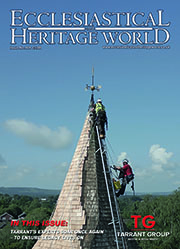

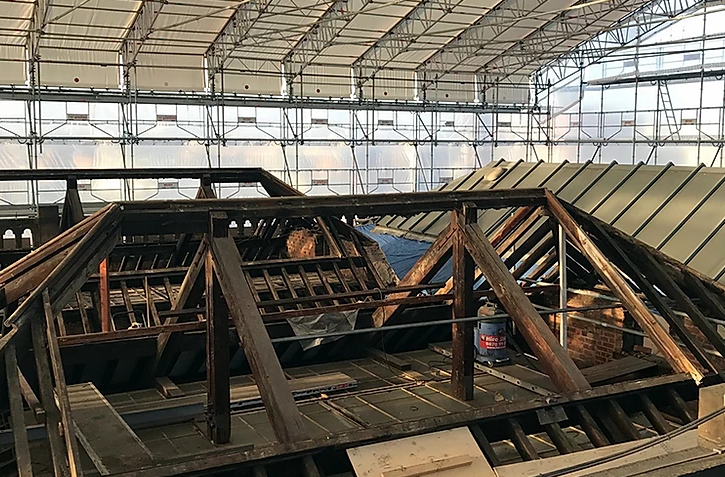





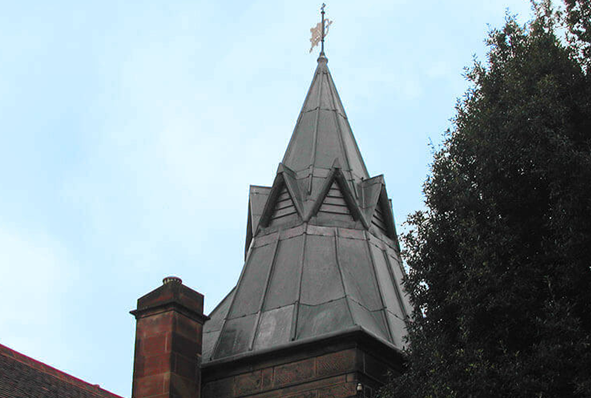


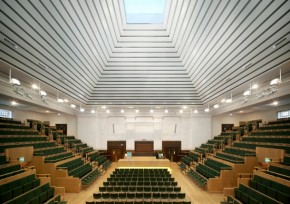 Sound Space Design are proud to have been acting as acoustic consultant on two RIBA award winning projects this year. Island Pavilion and Bridge, Wormsley with Robin Snell and Partners won in the south region category and follows in the success of the 2012 RIBA award winning Garsington Opera Pavilion also on the Wormsley Estate and in association with Robin Snell and Associates.
Sound Space Design are proud to have been acting as acoustic consultant on two RIBA award winning projects this year. Island Pavilion and Bridge, Wormsley with Robin Snell and Partners won in the south region category and follows in the success of the 2012 RIBA award winning Garsington Opera Pavilion also on the Wormsley Estate and in association with Robin Snell and Associates.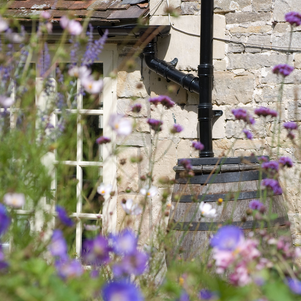
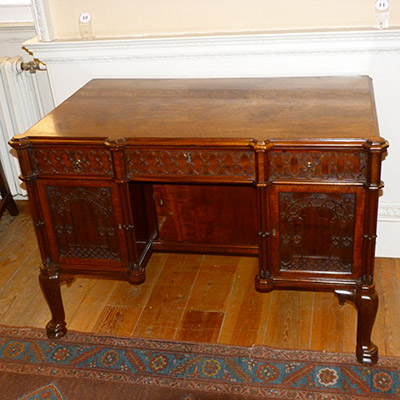 Following their recent successful completion of conservation and restoration works in Ripon Cathedral, St Nicholas, Newcastle and Manchester Central Library, York-based Andrew G Podmore & Son have been involved with the York Civic Trust at Fairfax House.
Following their recent successful completion of conservation and restoration works in Ripon Cathedral, St Nicholas, Newcastle and Manchester Central Library, York-based Andrew G Podmore & Son have been involved with the York Civic Trust at Fairfax House.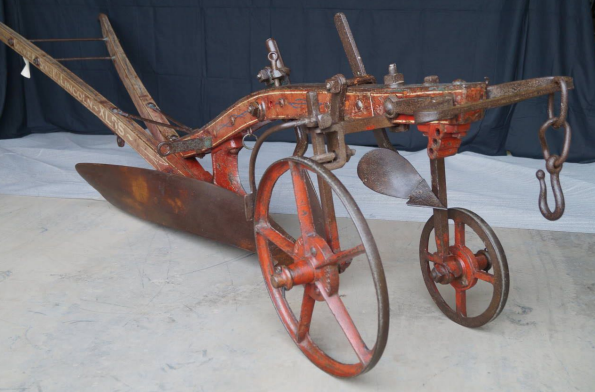 John Cooke & Son were noted manufacturers of horse drawn ploughs based in Lincoln. The Lincolnshire Museum of Rural Life has a number of ploughs attributed to Cooke in their collection. The Museum is based in the listed former barracks built for the Royal North Lincoln Militia. It houses a comprehensive social history collection celebrating the culture of Lincolnshire since 1750.
John Cooke & Son were noted manufacturers of horse drawn ploughs based in Lincoln. The Lincolnshire Museum of Rural Life has a number of ploughs attributed to Cooke in their collection. The Museum is based in the listed former barracks built for the Royal North Lincoln Militia. It houses a comprehensive social history collection celebrating the culture of Lincolnshire since 1750.

